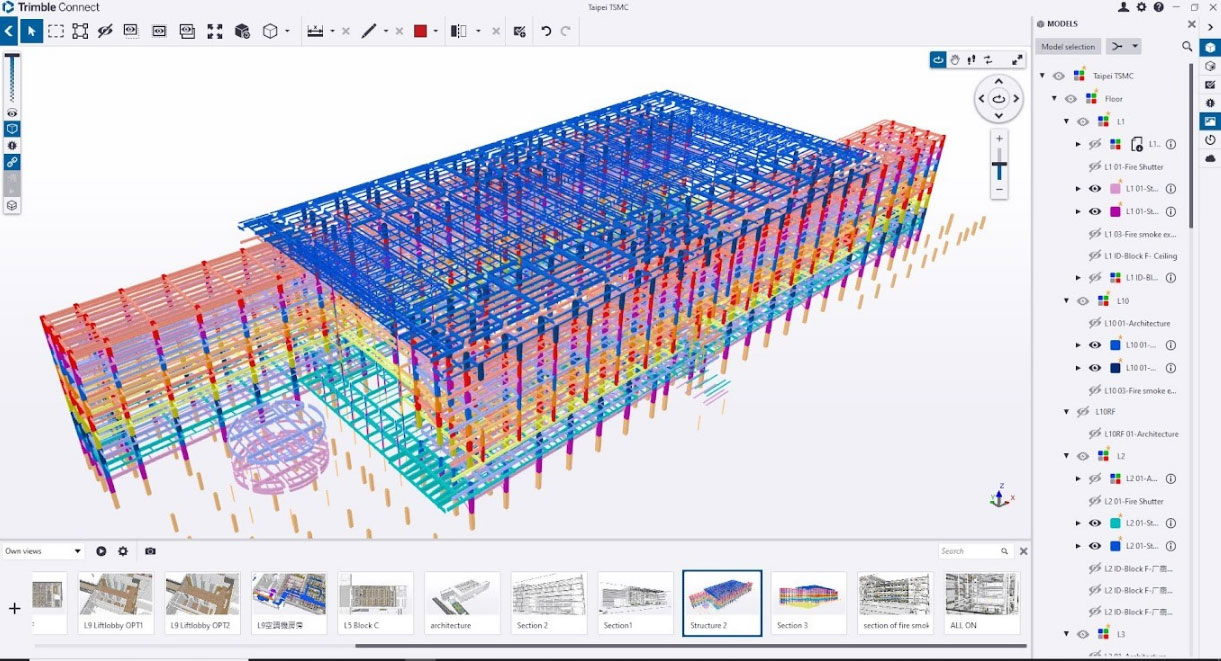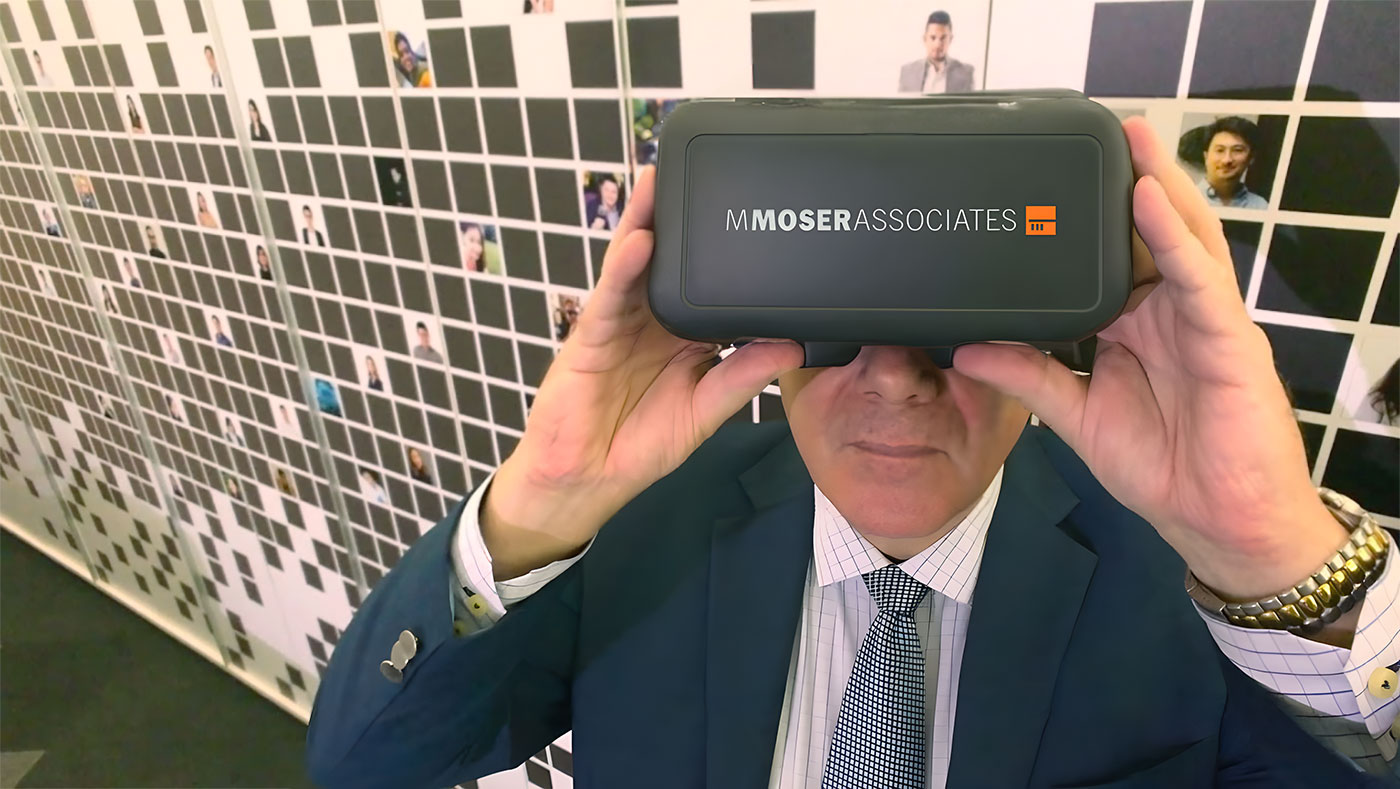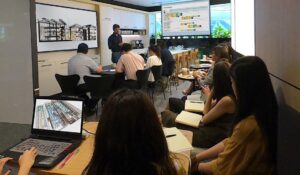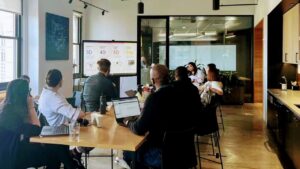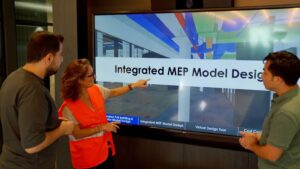Digital twins are transforming industries by providing dynamic, virtual representations of physical environments. In workplace design and project delivery, they offer a unique opportunity to optimize operations, enhance efficiency, and improve employee experiences. I’m on a learning curve in this regard but I’d like to share what we are exploring and understand so far.
Operational Twins: Enhancing Efficiency and Decision-Making Operational twins connect various data systems, including asset management and IoT data. This integration reduces maintenance costs and supports informed decision-making, driving operational efficiency.
Smart Engineering: Streamlining Facility Design By using real-time 3D assets integrated with smart process and instrumentation diagrams smart engineering streamlines facility design processes. This empowers users to configure accurate facility layouts in real-time, enhancing design accuracy and efficiency.
Predictive Maintenance: Ensuring Safety and Reducing Downtime Integrating historical, real-time, and forecast data enhances worker safety and minimizes unplanned shutdowns. Predictive maintenance models predict failures and necessary fixes, maintaining the reliability of assets.
Training and Collaboration: Leveraging Virtual Reality and Digital Assets Using virtual reality (VR), training becomes more engaging and effective, preparing workers for various scenarios. Digital twins also enhance collaboration among remote workers by connecting them through shared digital assets. At present, we have extensive VR capabilities in design and virtual construction.
Environmental and Operational Performance: Tracking and Improving Metrics Digital twins enable the measurement of outputs like water waste and carbon emissions, helping in tracking Environmental, Social, and Governance (ESG) targets. They inform operational changes to meet these targets effectively. This is yet another area that we have keen interest in to serve our clients and are making strides.
Real-time 3D: Creating Engaging and Immersive Experiences Real-time 3D technology allows for the creation of fully interactive 3D models and environments. These immersive and interactive experiences are used in various industries to visualize data and build dynamic experiences from 3D models. We are in fact, already using digital twins extensively in this way and we are exploring new and better ways to leverage them.
Defining Digital Twins in the Workplace A digital twin is not just a digital mock-up but a contextual model of an entire organization’s operation. It brings together data from subsystems, Internet of Things (IoT) data sensors, and third-party data, providing a comprehensive view of the built environment. This allows for immediate action to optimize conditions and track improvements over time. This can have some challenges, but we are getting there.
Digital Twins in Creating Dynamic Workspaces Digital twins help create dynamic spaces in workplaces, transforming outdated environments into modern, seamless experiences. They integrate various information sources, enabling employees to interact dynamically with their spaces.
With the growth of AI, I predict that from this year forward Digital twins are set to revolutionize workplace environments, offering a multitude of benefits from enhancing operational efficiency to improving employee experiences. Their ability to integrate data, predict outcomes, and create immersive environments positions them as essential tools in modern workplace design and project delivery.
